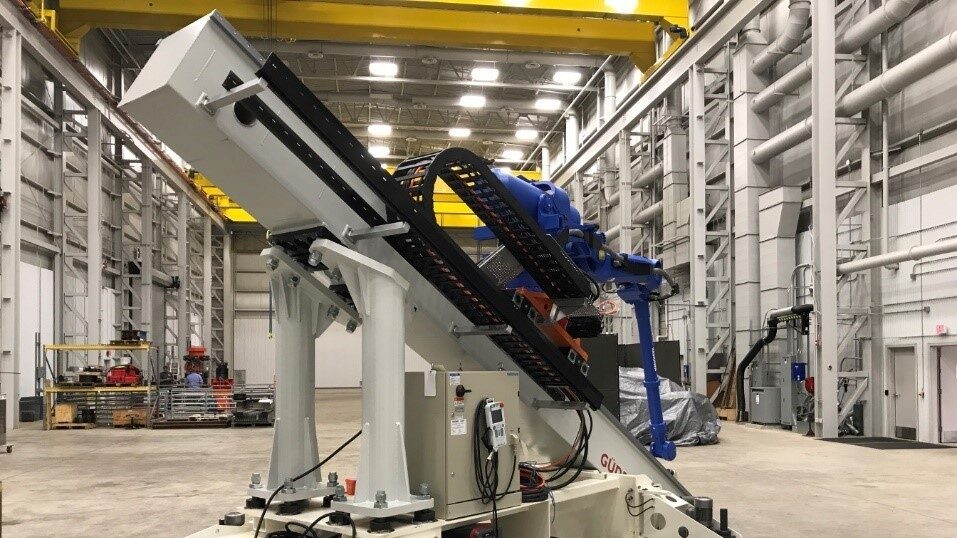JOHN WHITLEY

After two decades of counterterrorism warfare, the US is playing catchup as it refocuses on near-peer adversaries. China and Russia have been investing and modernizing to erode US overmatch, and their increasing aggression—on vivid display now as Russia invades Ukraine—has made acceleration of our defense modernization a national security imperative.
The defense enterprise is responding. The recent overhaul of defense acquisition is now being followed by a reform commission on Defense Department’s resource management process: the Planning, Programming, Budgeting, and Execution (PPBE) Commission. These process reforms are valuable steps removing obstacles, but they don’t accelerate modernization by themselves.
To stay ahead of our adversaries, DoD must use these more flexible processes to adopt innovative business practices like digital transformation and as-a-service purchasing of capability — valuable strategies that must be a priority for the PPBE Commission and that DoD itself must incentivize when working with industry.
Dubbed the fourth industrial revolution, digital transformation is reshaping industries. In development, it allows faster and more flexible design iterations — shortening the process while improving alignment to mission need — by the use of a “digital twin.” This virtual representation of the product allows rapid simulation for “building before you build” and “flying before you buy” to reduce risk and accelerate time from design to fielding.
This is the first element of what Deloitte calls the physical-to-digital-to-physical (PDP) [PDF] loop. Creating a digital record from physical data allows development activities to be performed virtually—saving time while increasing the range of possibilities to reduce risk. This digitalization can even be started in the planning and requirements stages of DoD gap analysis.
These digitally engineered designs can then move more quickly through prototyping, testing, and production as the digital twin provides the data for printing initial parts, incorporating modifications, and feeding robotic and additive manufacturing processes. This “digital thread” completes the PDP loop as the digital representation guides physical production. Testing can be enhanced and risk reduced as thousands of “digital tests” are conducted to complement physical tests.
An updated digital twin matching the physical product then supports operations and sustainment. Formula One racing provides a vivid example — a digital twin integrated with extensive sensors on the car facilitates continuous management during a race to optimize performance [PDF]. Digitalization can improve uptime and readiness, operational performance, predict failures, reduce sustainment costs and support synthetic training environments.
The defense industry is bringing this transformation to DoD. For example, Lockheed Martin is using digital design to solve integration challenges with the CH-53K, and as the backbone of its Future Vertical Lift efforts. Last year, General Electric used skills honed in commercial additive manufacturing to win the first airworthiness certification from DoD for a printed aircraft engine part.
Parts of DoD are also climbing on board. The Air Force’s Research Lab is seeking to do more with digital manufacturing, while its ICBM-replacement effort already relies extensively on digital engineering. The Army is making digital twins to improve Black Hawk maintenance, working on battlefield 3D-printing of parts, and plans to choose among bidders for the Future Long-Range Assault Aircraft based on a digital design.
To accelerate modernization, DoD needs to harness digitalization’s benefits in reducing time, cost, and risk throughout a product’s life cycle. The question becomes: How can DoD leaders encourage faster transformation within DoD and the industrial base?
First, DoD should expand digitalization into more capability and technology areas, including new development efforts and sustainment of current forces. Office of the Secretary of Defense organizations like Research and Engineering, Acquisition and Sustainment, and Cost Assessment and Program Evaluation could provide priorities for expansion while the Military Departments identify specific programs. The PPBE Commission could focus on expanding business practice innovation like digital transformation in its reform recommendations.
Second, DOD should incentivize industry by valuing advanced practices when writing proposal requests, making award selections, and issuing contracts. Program offices will need more experts in evaluating and using digital twins and the digital thread from development through sustainment. The cost-estimating community should look at commercial industry to learn what is possible, and how this might realistically change defense programs.
Third, DOD should also smooth industry’s path by standardizing material requirements and accelerating certification [PDF] of printed parts. It should also establish intellectual property policies [PDF] that protect DoD while incentivizing industry investment.
This will be a learning process with missteps along the way. But today’s world requires DoD to implement digital transformation at scale and the only way to accomplish that is to do it.
No comments:
Post a Comment